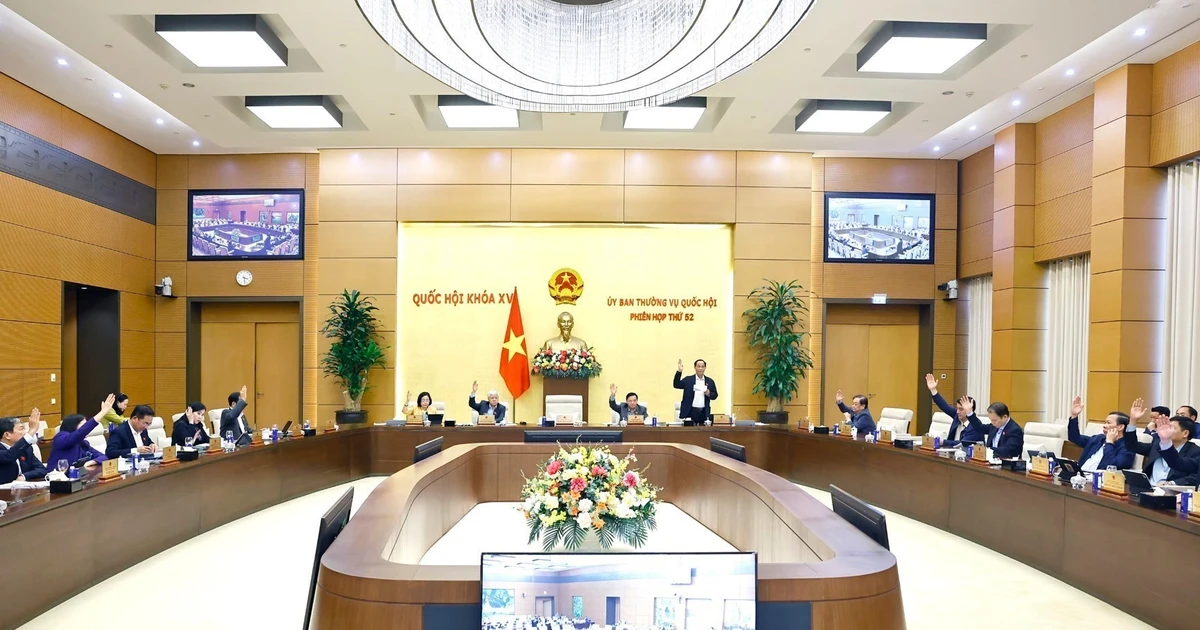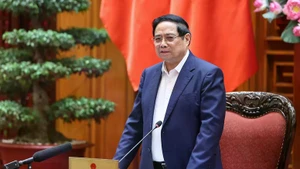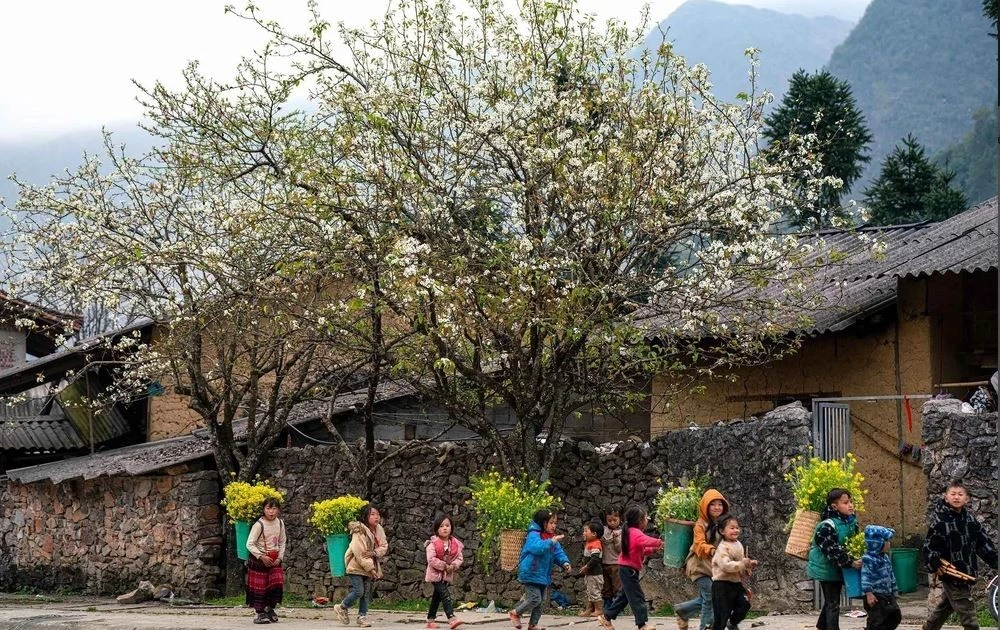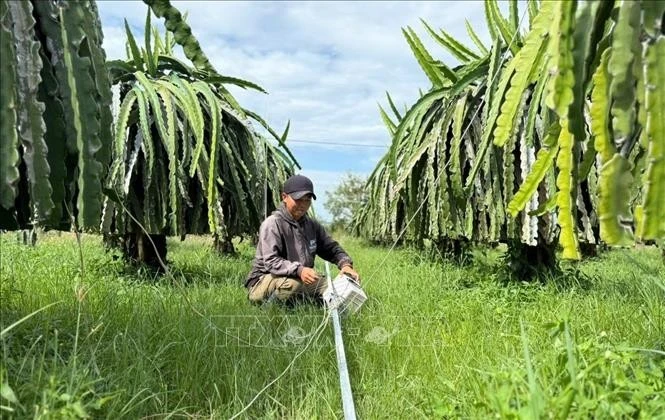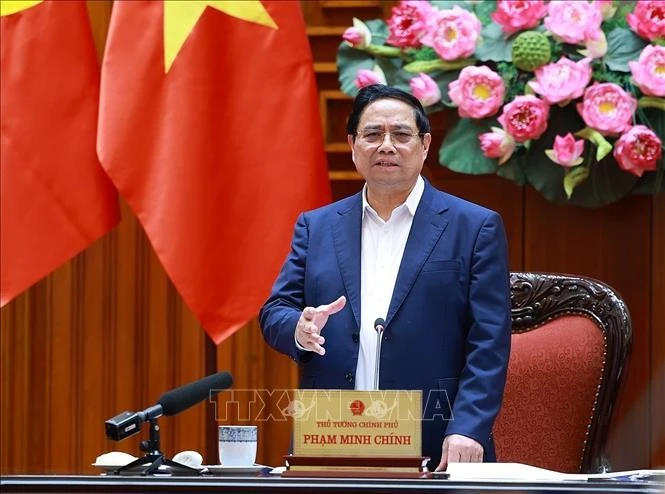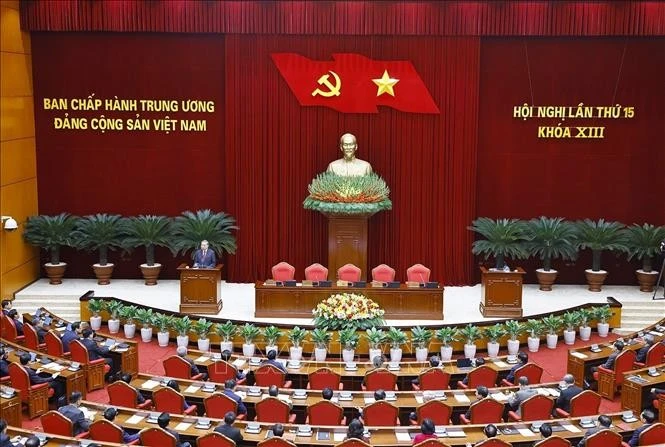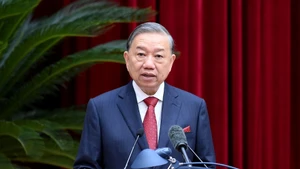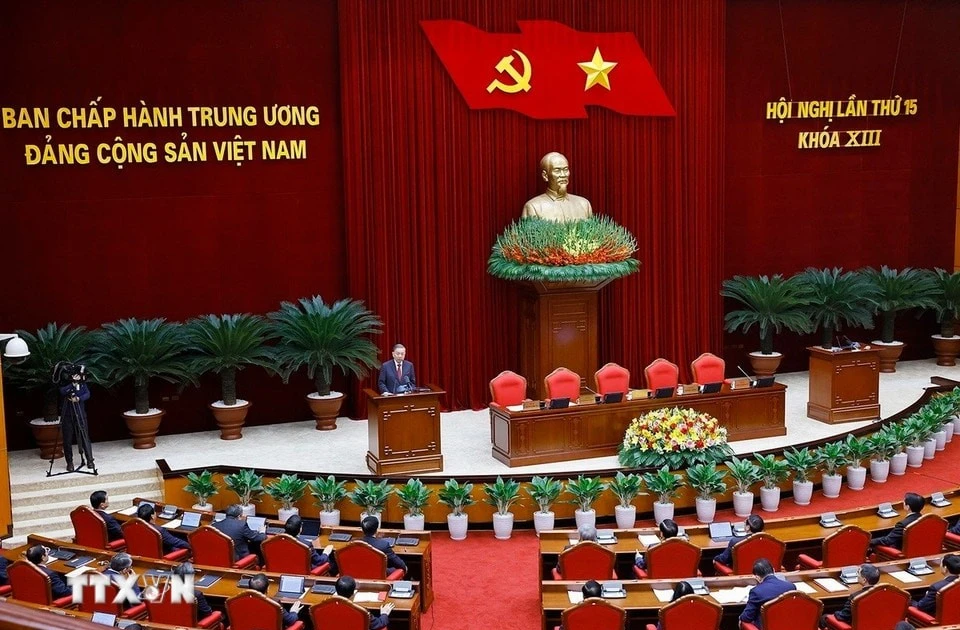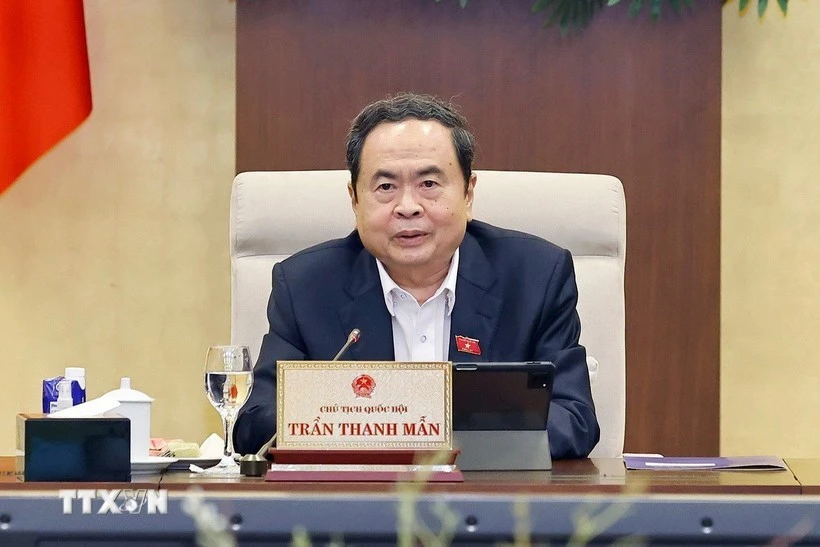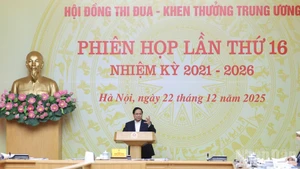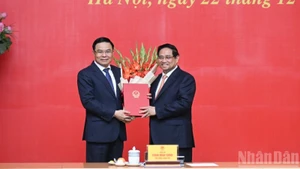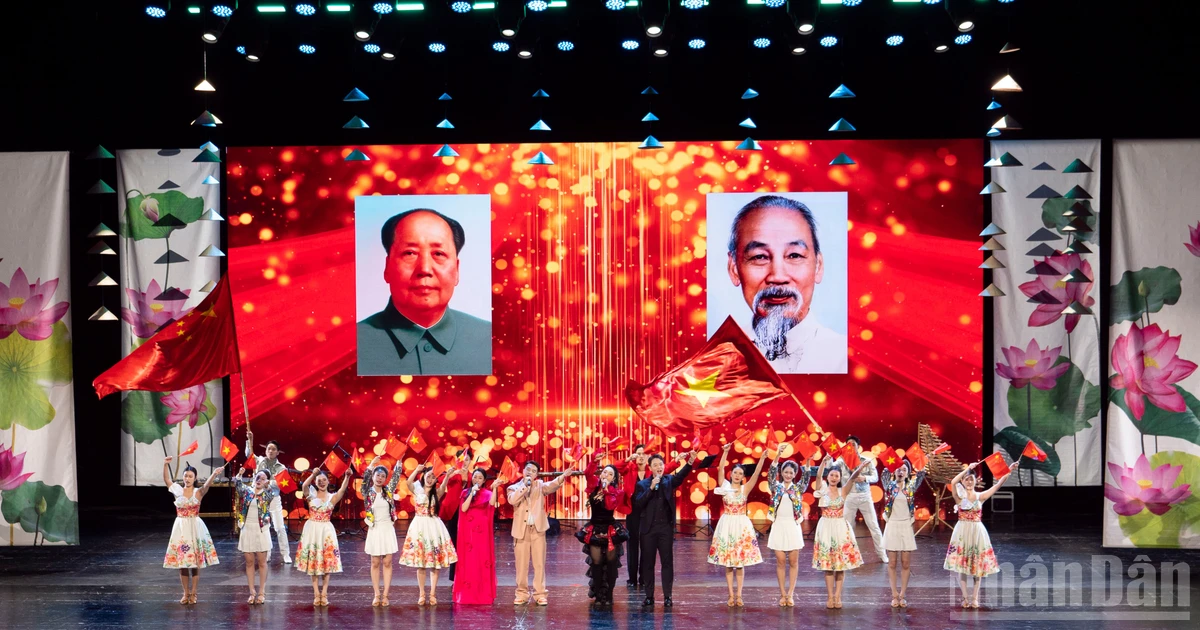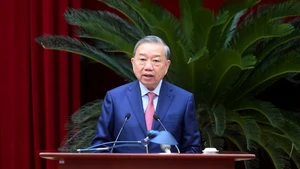A massive demonstration of more than one million people began at the Notre Dame Cathedral, marching through Catina (Catinat), Bengichco (Belgique), and Kitsone (Kitchener) streets before gathering in front of the Sai Gon City Hall, which had been chosen as the headquarters of the Southern Provisional Administrative Committee. From the balcony of the headquarters, representatives of the Southern Viet Minh announced the list of members of the Southern Provisional Administrative Committee amid thunderous cheers from the crowd of people.
On behalf of the Southern Regional Committee, Tran Van Giau, Secretary of the Southern Regional Committee, delivered a call urging the people to resolutely safeguard and defend the revolution. In the heroic spirit, representatives of the Southern General Confederation of Labour read the commitment of classes of workers, labourers, and peasants, who would stand shoulder to shoulder to protect the revolutionary administration.
The uprising in Sai Gon succeeded greatly.
The victory of the uprising in Sai Gon holds an important position in the General Uprising of August 1945. It was like a bombing that shook the countryside of the South, causing panic among the enemy administration in 15 provinces that had not carried out the uprising. The uprising in the southern capital inspired and encouraged the people across the Southern region to rise. It was a “signal shot” for the southern localities to seize administration timely and without bloodshed.
The victory of the uprising in Sai Gon holds an important position in the General Uprising of August 1945. It was like a bombing that shook the countryside of the South, causing panic among the enemy administration in 15 provinces that had not carried out the uprising.
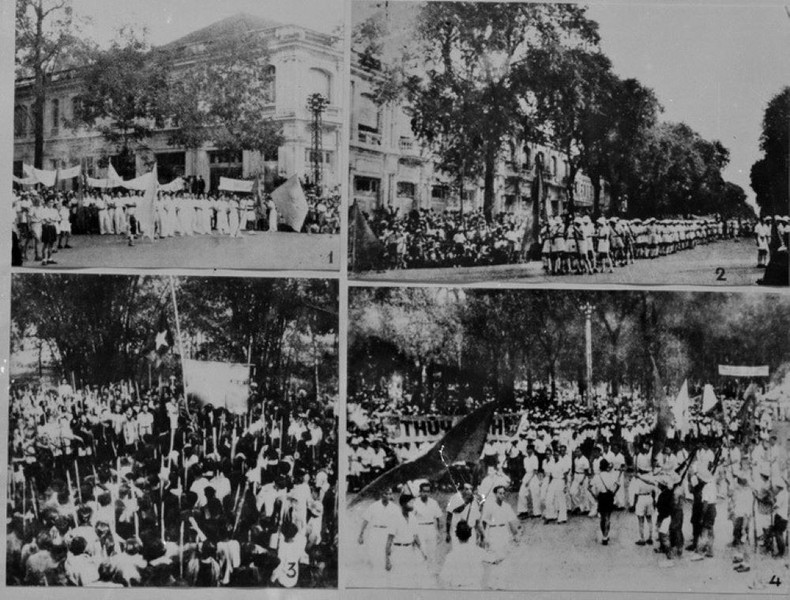
If the uprising in Ha Noi marked the opening and held the decisive role in implementation and victory of the nationwide general uprising, the uprising in Sai Gon was pivotal to the victory of the uprising in the South, bringing the General Uprising of August 1945 of the Vietnamese people to its glorious success.
The triumph of the general uprising in Sai Gon put an end to the fascist and puppet regime in Viet Nam while creating conditions for protecting the great revolutionary achievements of the Vietnamese people against the invasion plots and actions of French colonialists and other imperialist forces.
Almost simultaneously with the uprising in Sai Gon, the people of southern provinces, including Cho Lon, Gia Dinh, Soc Trang, Long Xuyen, Vinh Long, Ba Ria, Thu Dau Mot, Tra Vinh, Tay Ninh, Ben Tre, and Sa Dec, also rose to seize power on August 25. This revolutionary wave swept through the South, destroying the reactionary puppet administration across almost all southern provinces, engraving another glorious mark in the history of revolutionary struggle in this heroic land.
Together with the South, people in the provinces of Lang Son, Phu Tho, Kon Tum, and Binh Thuan also overthrew enemy administrations in provincial capitals and established people’s revolutionary governments.
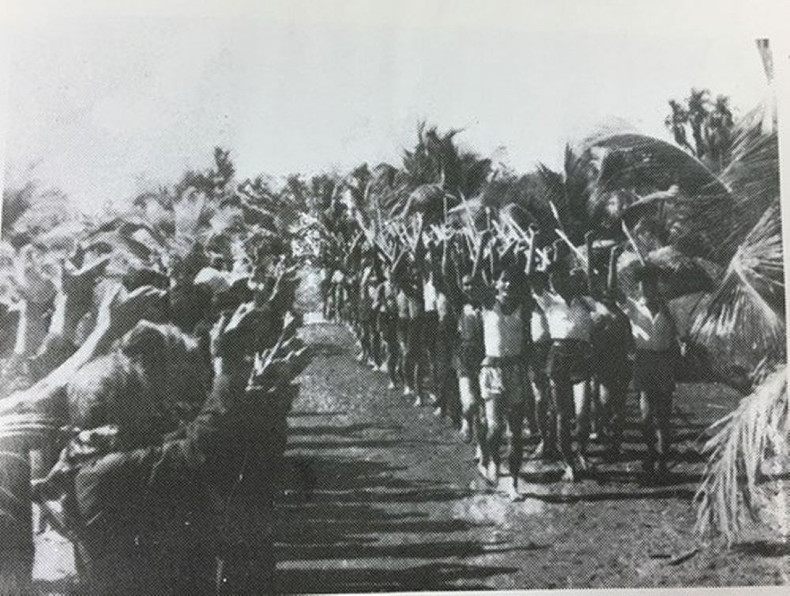
Among the 15 provinces that rose on August 25 (excluding Sai Gon), five launched uprisings from districts and communes before moving to provincial levels, including Cho Lon, Long Xuyen, Thu Dau Mot, Phu Tho, and Lang Son. Four provinces spread the uprising from provincial capitals to districts and communes: Sa Dec, Vinh Long, Soc Trang, and Binh Thuan. Six provinces witnessed simultaneous uprisings in both rural and urban areas on the same day: Tra Vinh, Ben Tre, Gia Dinh, Ba Ria, Tay Ninh, and Kon Tum.
The ten provinces of Cho Lon, Gia Dinh, Vinh Long, Thu Dau Mot, Tra Vinh, Tay Ninh, Ben Tre, Sa Dec, Lang Son, and Phu Tho combined political and armed forces, in which armed forces playing the vanguard and support role while political forces played the main role. The two provinces of Kon Tum and Soc Trang seized administration of the provincial capitals mainly through mass demonstrations, rallies, and meeting that declared the abolition of the enemy regime.
The three provinces of Long Xuyen, Ba Ria, and Binh Thuan seized administration by transferring through negotiated handover. In Ba Ria, the provincial governor fled before the uprising began.
In most provinces, the enemy administration was destroyed first, followed by the proclamation of revolutionary administration establishment. In Soc Trang alone, the masses proclaimed the revolutionary administration establishment first before seizing enemy offices. Except for Tay Ninh and Binh Thuan, where uprisings relied on forces at the sites of their provincial capitals, all other provinces which carried out the uprising on August 25 mobilised forces from districts and communes to converge on provincial capitals to seize power.
The diversity of methods and approaches across provinces highlighted the initiative and creativity of Party Committees and the people in localities in the General Uprising of August 1945.
On the same day, President Ho Chi Minh returned from Tan Trao to Ha Noi to continue directing the nationwide vibrant struggles for seizing the administration, urgently preparing for the proclamation of the Democratic Republic of Viet Nam.

